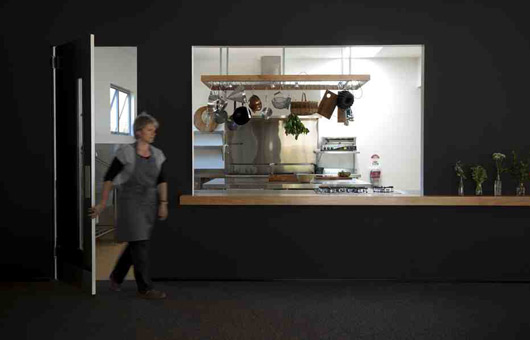Six years is a long time to wait between dinners. But that has been the timeframe for Barossa-born, West Australian-based cook Sophie Zalokar for the launch of Foragers: a farm-based cooking school and luxury accommodation.
This much-lauded foodie with her cabinetmaker husband Chris have created a modern development in culinary tourism for WA’s Southern Forests region. “We have brought that in through the design and we hope people will feel they are in a special place doing something interesting,” Sophie says.

The couple, with their two children, have nestled into 19 acres at Pemberton, formerly called Pemberton Breakaway Cottages. Here, three new luxury chalets and a Field Kitchen are the talk of the WA foodie scene.
“We really wanted to have a modern building but wanted it to be in sympathy with the environment. We are fairly exposed in terms of access to a road – we are not 20km off the track into the bush – so, we needed the chalets to be interesting, but discreet,” explains Sophie.
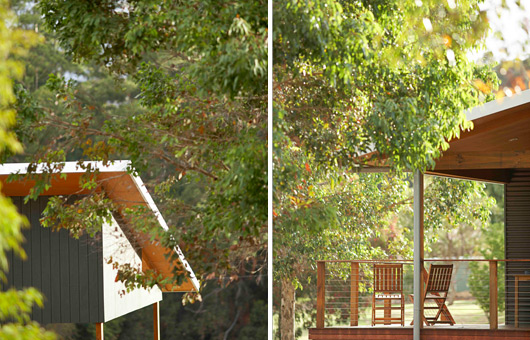
Swiss-born Chris is a cabinetmaker and has worked with residential architects in Paris, so he and Sophie designed the new buildings and built them, with a little help from their friends and a registered builder.
With “modern but discreet” the mantra behind the look and feel, a ColorBond colour, Woodland Grey, is used on exterior cladding and steel to blend in with the subtle colour of the surrounding bush and give textural interest.
Inside, timber brings colour and warmth: most floors are beech – “a European timber we particularly love because of its ability to reflect light” – and blackbutt features in the chalets and in the dining room: a local blackbutt with a beautiful warm honey colour to it and a coastal blackbutt, which is different in colour due to the difference in iron levels in its native sand.
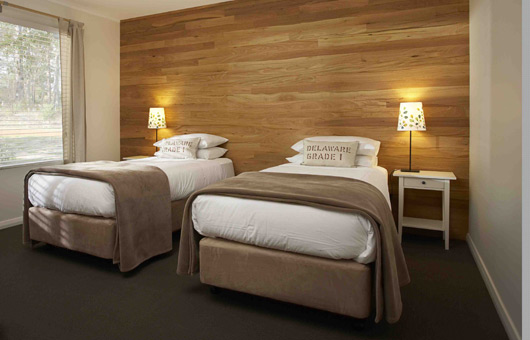
The Field kitchen has carpet tiles underfoot for their serviceability and acoustic benefits, while blackboard paint contrasts with the warmth of the local blackbutt and brings in a modern aesthetic (not to mention space for menus), and floor-to-ceiling windows give views to chooks scratching about outside.
Over the tables are enamel pendants Sophie eyed off for years at the Pemberton Bowling Green, which was being demolished. She saved them from the tip, renovated them and they now bring a local connection to the modern dining room.
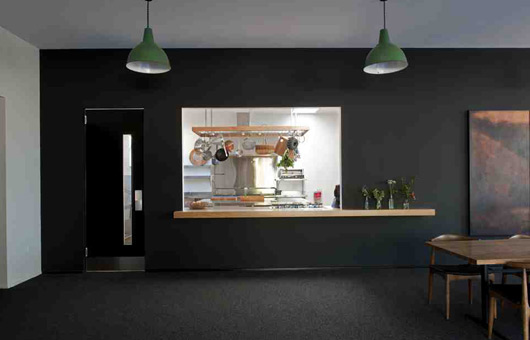
The kitchen has been designed as a commercial operation, with Waldorf gas ovens, plus two Electrolux electric ovens and a gas cooktop for hands-on classes. Over the two island benches is a rack designed and made by Chris from fencing wire lined by blackbutt.
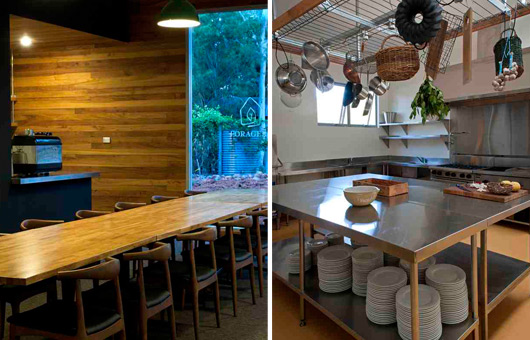
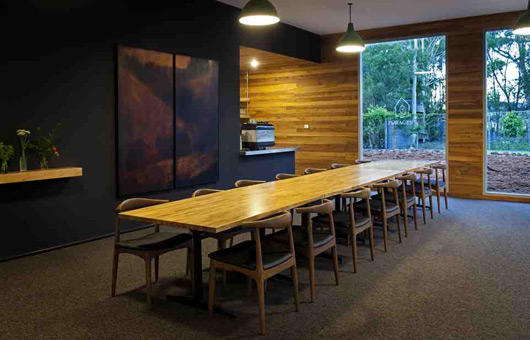
Artwork by Merrick Belyea
“We didn’t want it to be a commercial restaurant feel, we wanted it somewhere between that and a domestic dining room. To do that, you need to make it a warm, friendly environment and in a country context, but without the kitsch,” Sophie says.
Foragers
foragers.com.au

